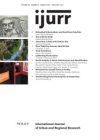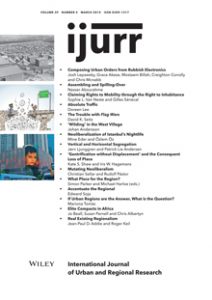Camps as objects of study are all but moored in the juridico-political and the ‘structure versus agency’ binary. This article attempts to move beyond this paradigmatic frame towards a reading of the camp as a material assemblage that brings subjects and objects, people and things into mutually constitutive relations. In one Palestinian refugee camp it ‘ethnographically’ tracks the most mundane, but ubiquitous, element there is: cement. If the Palestinian camp is subject to a foundational—and quintessentially modern—separation between the material and the representational, then cement, as the medium of a certain temporal dynamism in built life, is the point of this separation’s excess. Cement, as both aesthetic and thing, mediates camp life in entirely unintended ways, breaching topological boundaries, spilling quotidian life—in all its uncategorized mess—into the political, and generating tension between the temporary and the permanent, return and the built. It is precisely in these tensions that refugee subjectivity takes shape; never simply as the directed actions of sovereign actors, but always as an everyday ‘negotiation’ of the in-between space of the spillover—this cleft between discursive subject positions and the vitality of built life itself. Camp form, here, is not derivative of legal structure, but an ever-moving relationship between temporality and materiality.

